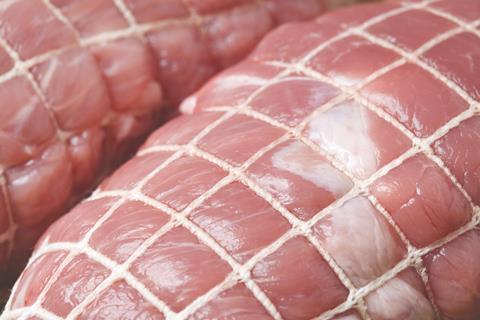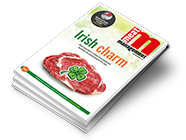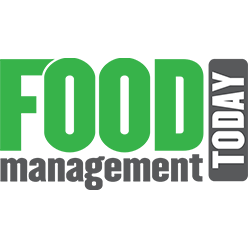Worldpanel by Numerator (formerly Kantar) has revealed its latest grocery market share, revealing that prices are rising fastest in the fresh meat market.

Grocery inflation now stands at 5.2% for the four-week period ending 13th July 2025. Prices are rising fastest in markets such as fresh meat, dairy butter and spreads and are falling fastest in dog food and sugar confectionary.
Take-home sales at the grocers grew by 5.4% in the same period when compared to last year, and Worldpanel said that with average household grocery spend reaching £5,283 each year, rising inflation rates could add £275 to bills if shopping habits don’t change.
Ocado was the fastest growing British grocer, matching its previous share high of 2% as sales rose by 11.7%. Lidl reached a market share of 8.3%, a record high, this period, and Tesco sales grew by 7.1% to reach a 28.3% market share.
Sales at Sainsbury’s increased by 5.3%, putting its market share at 15.1%. M&S sales were up 6.5% on the year, while Morrisons held 8.4% of the market with spending up 1.0%. Aldi’s spend increased by 6.3% to reach a 10.9% market share, and Asda reported an 11.8% market share.
Waitrose sales were up 5.5% to reach a 4.4% market share, and Co-op and Iceland took 5.2% and 2.2% of the market, respectively.
“Just under two-thirds of households say they are very concerned about the cost of their grocery shopping.”
Fraser McKevitt, Worldpanel
Fraser McKevitt, head of retail and consumer insight at Worldpanel, commented: “Just under two thirds of households say they are very concerned about the cost of their grocery shopping, and people are adapting their habits to avoid the full impact of price rises.
“Own label products, which are often cheaper, continue to be some of the big winners and, in fact, sales of these ranges are again outpacing brands, growing by 5.6% versus 4.9%.
“These inflationary worries aren’t just changing what we buy, but how we prepare it too. We often see people choosing to make simpler meals when they are trying to save money, and today, almost seven in 10 dinner plates include fewer than six components.”















